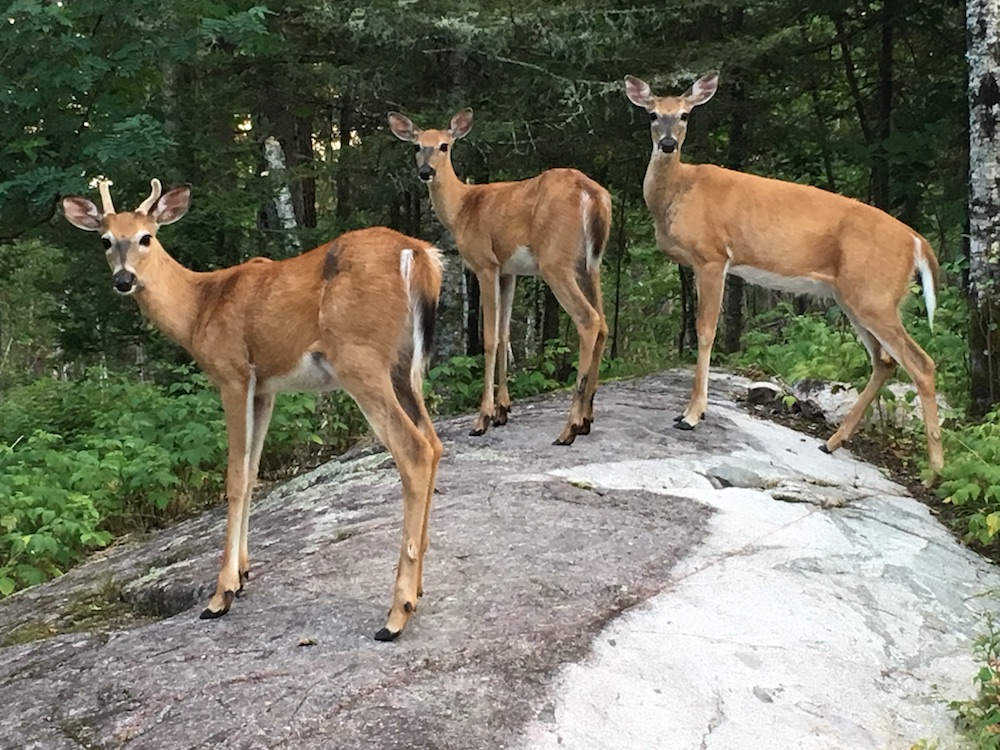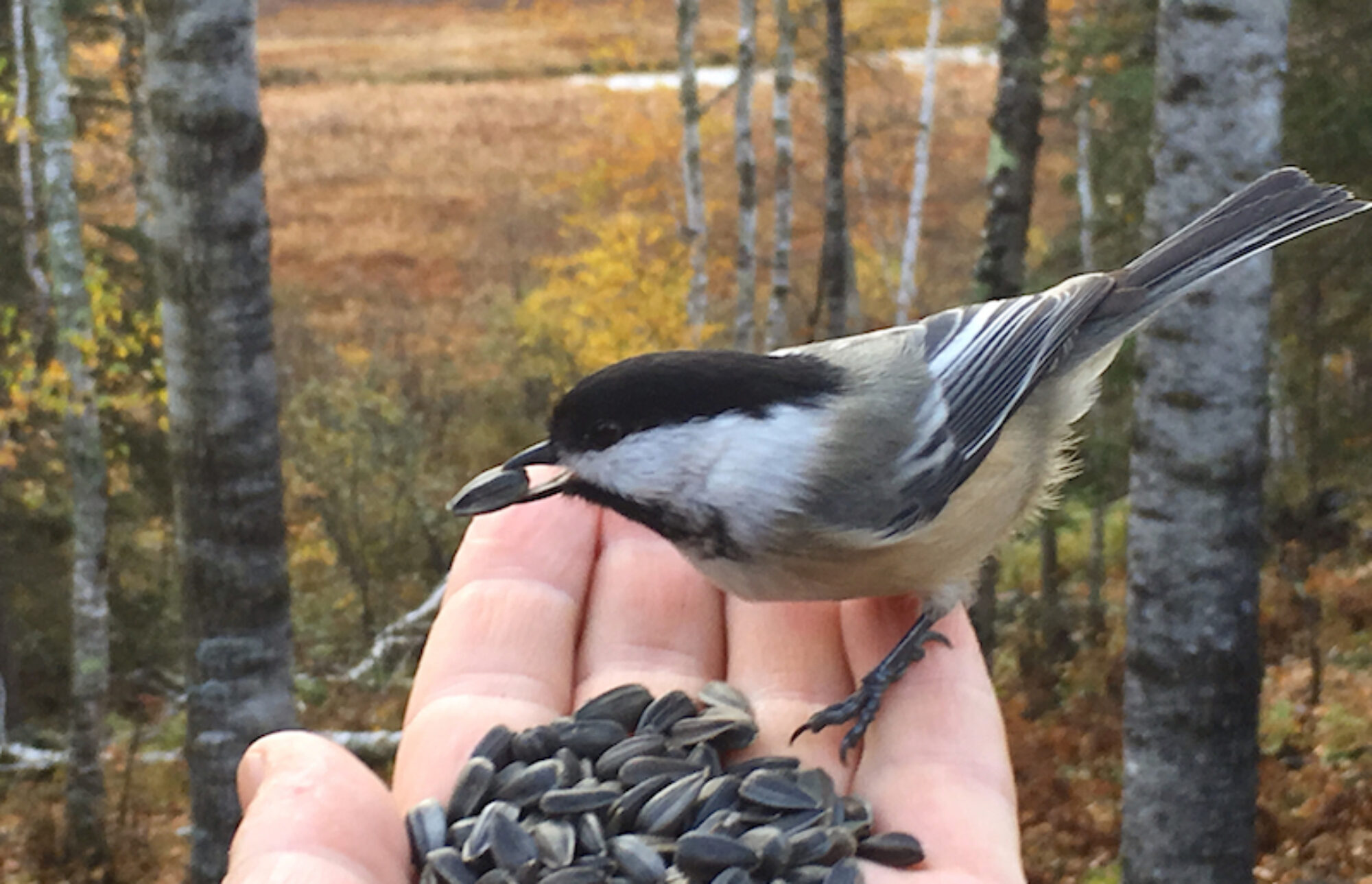
ELY, MINN. – The welts, rashes, scabs and scratches on my arms and legs are a sure sign that summer has finally come in earnest to the North Woods.
It takes longer for warming temperatures to arrive here than further south, but once they do, nature seems to put the pedal to the metal and races through the spring and summer months. The farther north one travels, the shorter but more intense this special renewal time is for nature to go through its necessary reproduction rhythms.
Nothing seems more eager to embrace the heat and longer sunny days than the harassing and bloodsucking legions of mosquitoes, black flies, deer flies, ticks and other biting insects. It matters not how well one covers up, incessant insects seem to find their way under, over and through any sort of natural barrier of clothing or manmade repellent intended to stop them. It sometimes seems I get as many bites while I sleep as I do when I’m outside working or recreating. Insects have an uncanny way of getting into buildings, tents, vehicles and beds.
But enough about the low point of the season at hand; it’s more fun to observe and enjoy the high points, such as berries, birds, butterflies, bees and babies – as in baby bunnies, fawns, ducklings, goslings and loonlings, among a throng of others. Predators, whether eagles, pike, wolves, martins, voles or dragonflies, are a vital component to all healthy ecosystems, and this is a time of feasting for them as prey is plentiful and easy to find. Still, I find myself quietly rooting for the little waterfowl that bob up and down on the water and the wobbly-legged moose calves and deer fawns that need to add weight, strength and stamina in this short season of plenty.
I ate my first wild strawberries earlier this week – tiny, juicy pea-sized morsels loaded with sweet flavor and pizzazz. Store-bought berries, for all their size and color, have nothing on these little gems. The same can be said of other wild fruit, as well. While strawberries are ripe or ripening, blueberries are setting fruit in some places and raspberries bushes are covered with blossoms. Bunchberries, a small, festive and common forest floor dweller here, also are blooming. Their pretty, white flowers eventually will be replaced by clusters of bright red berries.
In the trees around the cabin, Blackburnian warblers, American redstarts, common yellowthroats, black and white warblers, wood peewees, robins, grosbeaks, and hermit thrush, among others, are still singing as they defend their territories and instruct their young. The same is true on nearby streams and lakes as loons, Canada geese and numerous species of ducks do the same, hurrying their offspring along in a race to be ready by the time autumn arrives.
Along the roadsides, buttercups, wild roses, common milkweed and blue flag irises provide splashes of color to the verdant landscape, and, more importantly, pollen and nectar for pollinators. Non-native species, such as yellow and orange hawkweed, lupine, ox-eye daisies, birds-foot trefoil, add a panoply of color to the ditches and open fields everywhere.
Common Eastern, orange-belted and golden Northern bumblebees, a perhaps most underappreciated pollinator that flies under the radar of most of us, are working for all their worth, gathering pollen as they drone about in the warmth that all too soon will begin to wane.
Other pollinators, such as butterflies — tiger swallowtails, white admirals, monarchs and viceroys — and moths, lots of moths, flutter from plant to plant, sowing and harvesting as they go. There are so many different moths I’m reluctant to try to identify any of them. All I know is I’ve decided that moths are super cool, even if they do make a mess of your windshields while driving at night.
In the daytime, dragonflies can do a number on your windshields as well as the grill of your vehicle. The dragonfly hatch occurred early this year, and they seem to be everywhere that water and mosquitoes gravitate, which, this wet spring and early summer means chalk-fronted corporals and green darners are, well, everywhere.
Dragonflies are expert hunters, primarily because they’re expert fliers, in some instances reaching speeds of 60 miles per hour. Some scientists put dragonflies at the top of the list when it comes to their aeronautical skills. Most importantly, they consume mosquitoes like voraciously hungry bears consume pound after pound of ants, hazelnuts and berries this time of year.
Already the amount of daylight is lessoning, the window on the growing season while seemingly just having opened is slowly closing. Summer, like the passage of our lives, is like a delicate flower that lasts for only the briefest of moments and yet brings great joy to those who notice it. Be among those who look and see.
